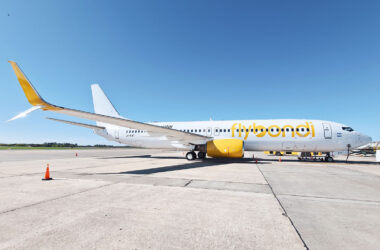Just over two decades after leaving Seattle for Chicago, Boeing has moved its global headquarters again. The company announced on Thursday that it has moved to offices in Arlington, in Washington, DC, suburbs.
The company had already established itself at the site, which is close to the Pentagon, and where the Defense, Space and Security division works. Boeing also stated that it intends to develop a research and technology center in the area to take advantage of and attract technical and engineering resources.
According to airframer, there are many aerospace and defense division employees in the region who support various corporate functions.
“We are excited to build on our foundation here in Northern Virginia. The region makes strategic sense for our global headquarters given its proximity to our customers and stakeholders, and its access to world-class engineering and technical talent,” said the president and CEO Dave Calhoun.

The former Chicago headquarters had opened in 2001 when the company wanted to move away from commercial aircraft assembly lines and closer to the financial market. But according to US media reports, the site was already emptying out even before the Covid-19 pandemic began.
The decision to distance itself from its older units, in Washington state, was criticized by some analysts for reinforcing the detachment with the historic Everett and Renton factories.
Everett, its largest production plant, recently lost its 787 assembly line and is completing the last 747s, leaving the 767 freighters and 777 on site.
At the same time, the new Virginia headquarters are about 850km from Charleston, South Carolina, where the Dreamliner is produced – it was at this plant that widebody quality issues arose, causing deliveries to be suspended by the FAA.
“The future of Boeing is digital,” said Greg Hyslop, Boeing’s chief engineer and executive vice president of Engineering, Test and Technology. “Focusing our R&D and talent development in areas that support digital innovation will fuel the introduction of cutting-edge capabilities. This new hub in Northern Virginia will follow the successful implementation of this technology strategy in other regions.”






